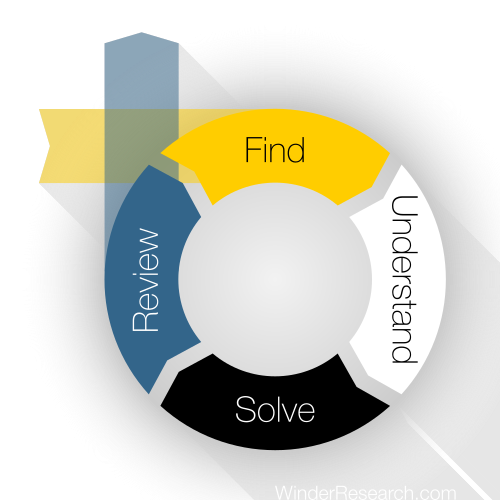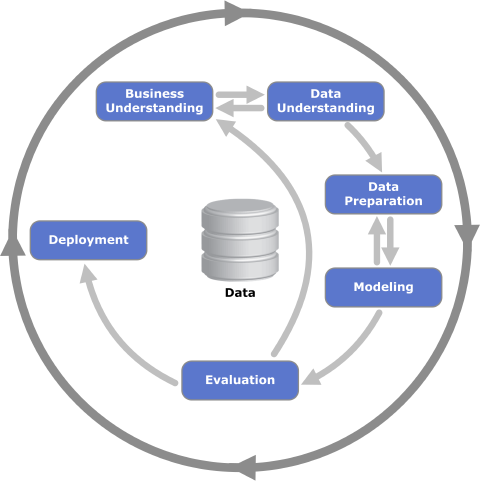202: Segmentation For Classification
- Published
- Author
Segmentation
So let’s walk through a very visual, intuitive example to help describe what all data science algorithms are trying to do.
This will seem quite complicated if you’ve never done anything like this before. That’s ok!
I want to do this to show you that all algorithms that you’ve every heard of have some very basic assumption of what they are trying to do.
At the end of this, we will have completely derived one very important type of classifier.
Read more





